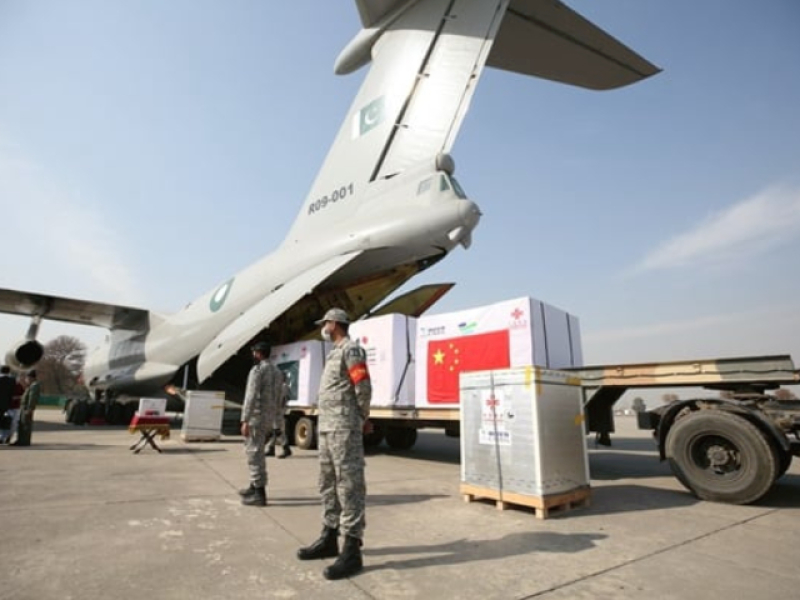
At least three of several small islands in the disputed South China Sea have been fully militarized by the Chinese government.
Anti-ship and anti-aircraft missile systems, laser and jamming equipment, and fighter jets are just a few of the military installations that China has placed on at least three of several isles it had built on the disputed South China Sea, a top U.S. military commander revealed on Sunday.
U.S. Indo-Pacific commander Adm. John C. Aquilino pointed out how the developments in the militarized islands in the South China Sea were contrary to President Xi Jinping's assurances that they would not place military installations in the disputed area. Aquilino believes it was China's way to flex its military muscle, Fox News reported.
""I think over the past 20 years we've witnessed the largest military buildup since World War II by the PRC," Aquilino remarked during a conversation with the Associated Press, via ABC News. "They have advanced all their capabilities, and that buildup of weaponization is destabilizing to the region."
Beijing has not commented on Aquilino's remarks, but maintains that its military installations are merely for defense purposes to protect its "sovereign rights." However, after years of increased military spending, China now has the world's second-largest defense budget after the U.S. It is also rapidly modernizing its military forces with weapons systems that include the J-20 stealth fighter, hypersonic missiles and two aircraft carriers, as well as a third that is currently under construction.
Aquilino spoke with AP while onboard a U.S. Navy reconnaissance aircraft, which flew near the Chinese-held outposts in the Spratly archipelago, one of the most contested areas in the world. During its journey over the area, the P-8A Poseidon plane was repeatedly warned by Chinese authorities that it "illegally entered" what they believed was China's territory and ordered the plane off the area.
"China has sovereignty over the Spratly islands, as well as surrounding maritime areas. Stay away immediately to avoid misjudgment," the Chinese caller said ominously. However, the U.S. Navy plane pressed on despite multiple warnings as two AP journalists tensely awaited their fate on air.
"I am a sovereign immune United States naval aircraft conducting lawful military activities beyond the national airspace of any coastal state," the U.S. pilot replied to the Chinese caller. "Exercising these rights is guaranteed by international law and I am operating with due regard to the rights and duties of all states."
During the P-8A Poseidon's 15,000-feet flight over the Spratly islands, the U.S. air crew saw what was described in the report as "small cities" on the screen monitor. These "small cities" were equipped with " multi-story buildings, warehouses, hangars, seaports, runways and white round structures" that Aquilino described as "radars." More than 40 unspecified vessels were also anchored near Fiery Cross.
Aquilino reported that the construction of missile arsenals, aircraft hangars, radar systems and other military facilities on Mischief Reef, Subi Reef and Fiery Cross appear to be complete, but it remains unclear if China will continue its military installation in other islands and islets.
"The function of those islands is to expand the offensive capability of the PRC beyond their continental shores," Aquilino explained. "They can fly fighters, bombers plus all those offensive capabilities of missile systems."
Aquilino explained that this is why "the threat...exists" and why it was "concerning" that such military installations have been placed on these islands. He added, "They threaten all nations who operate in the vicinity and all the international sea and airspace."



















